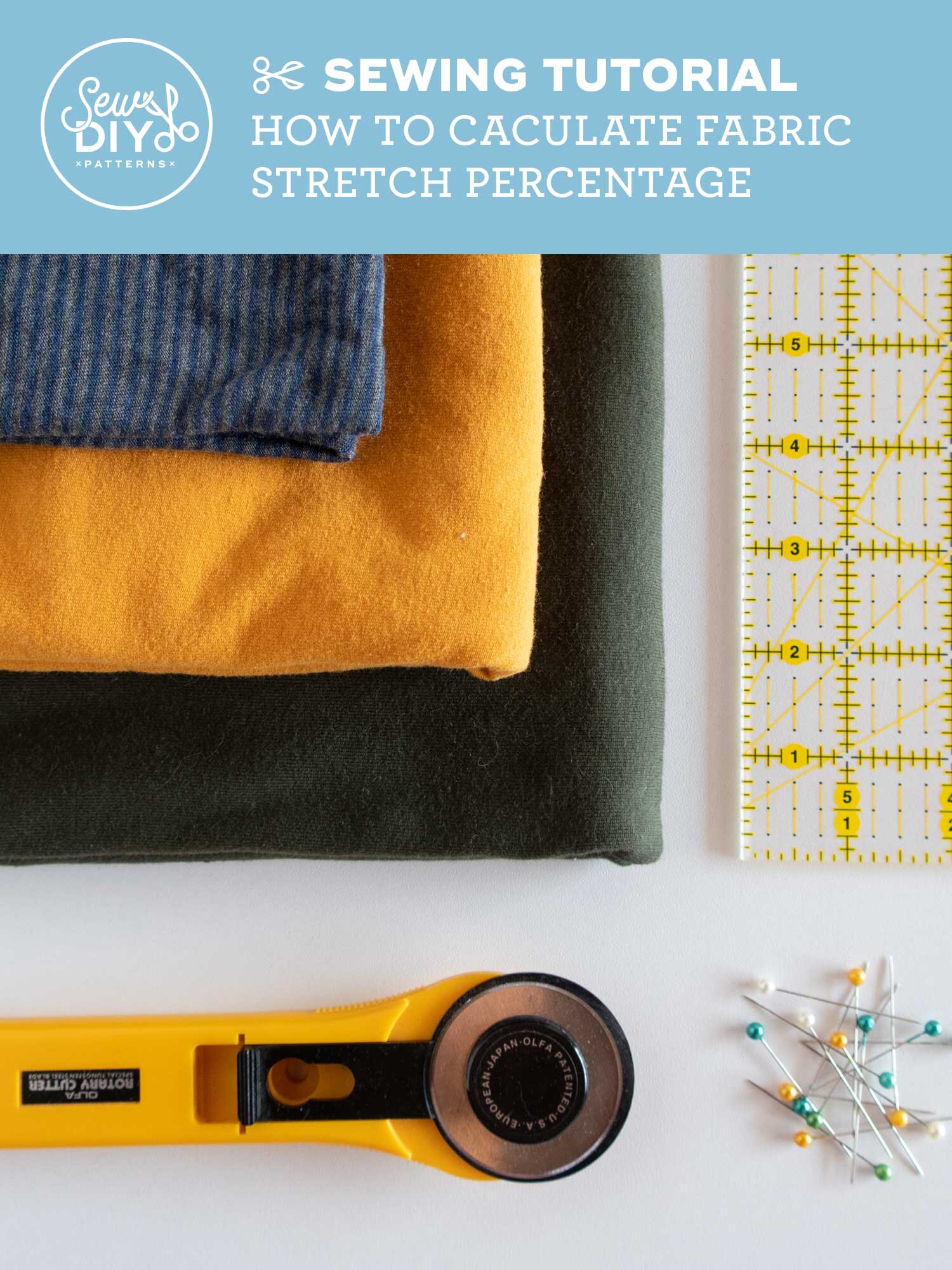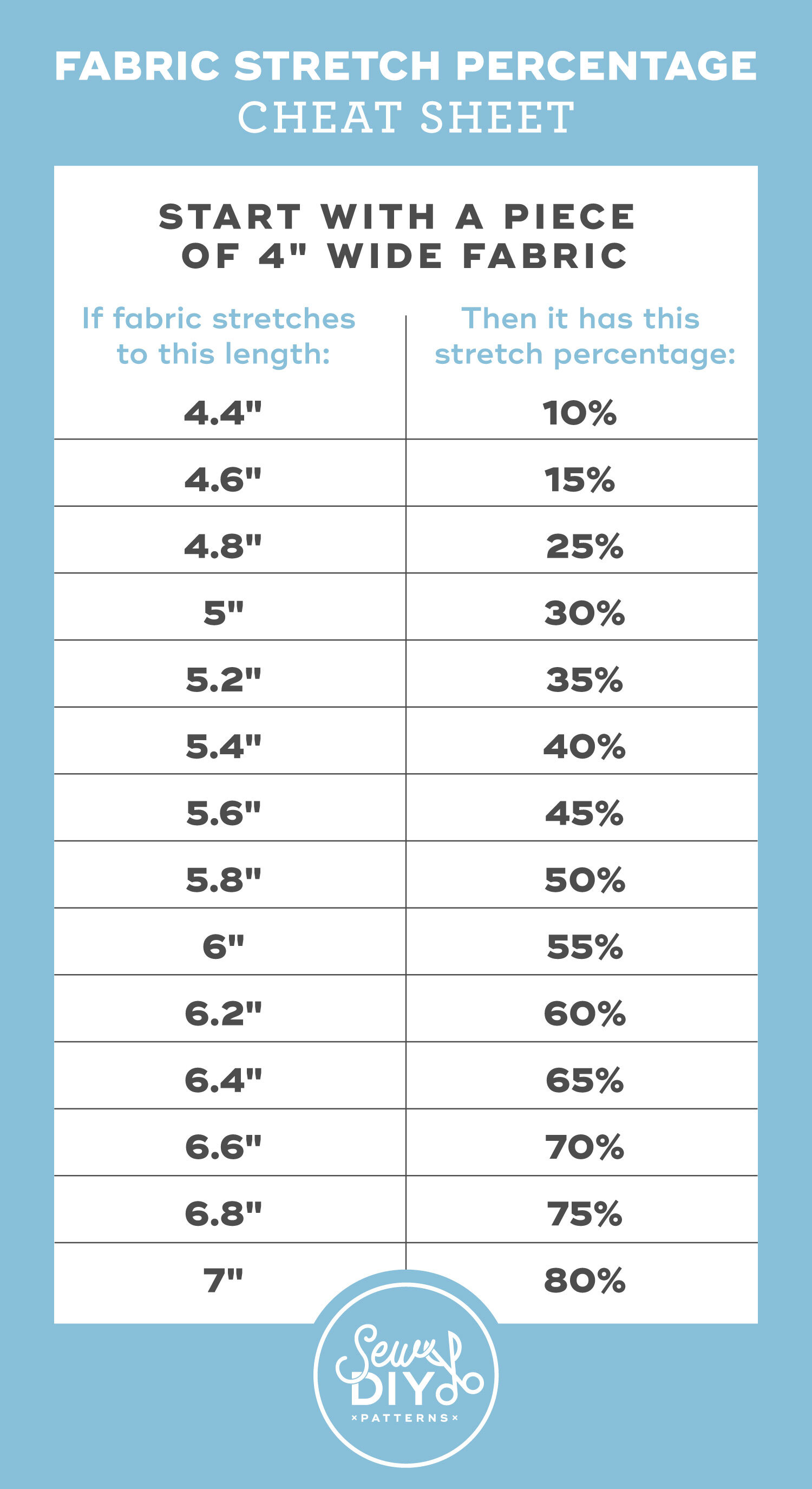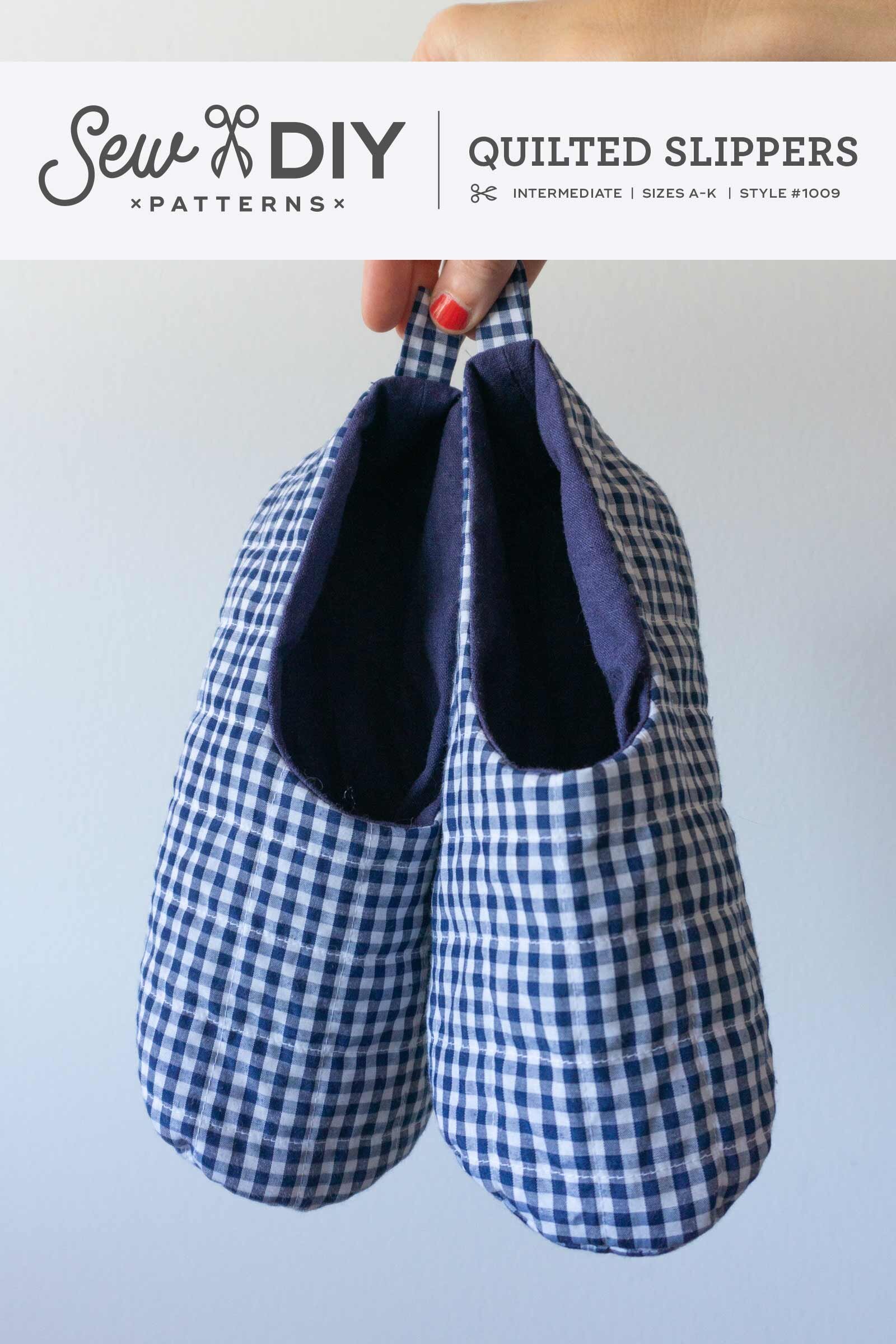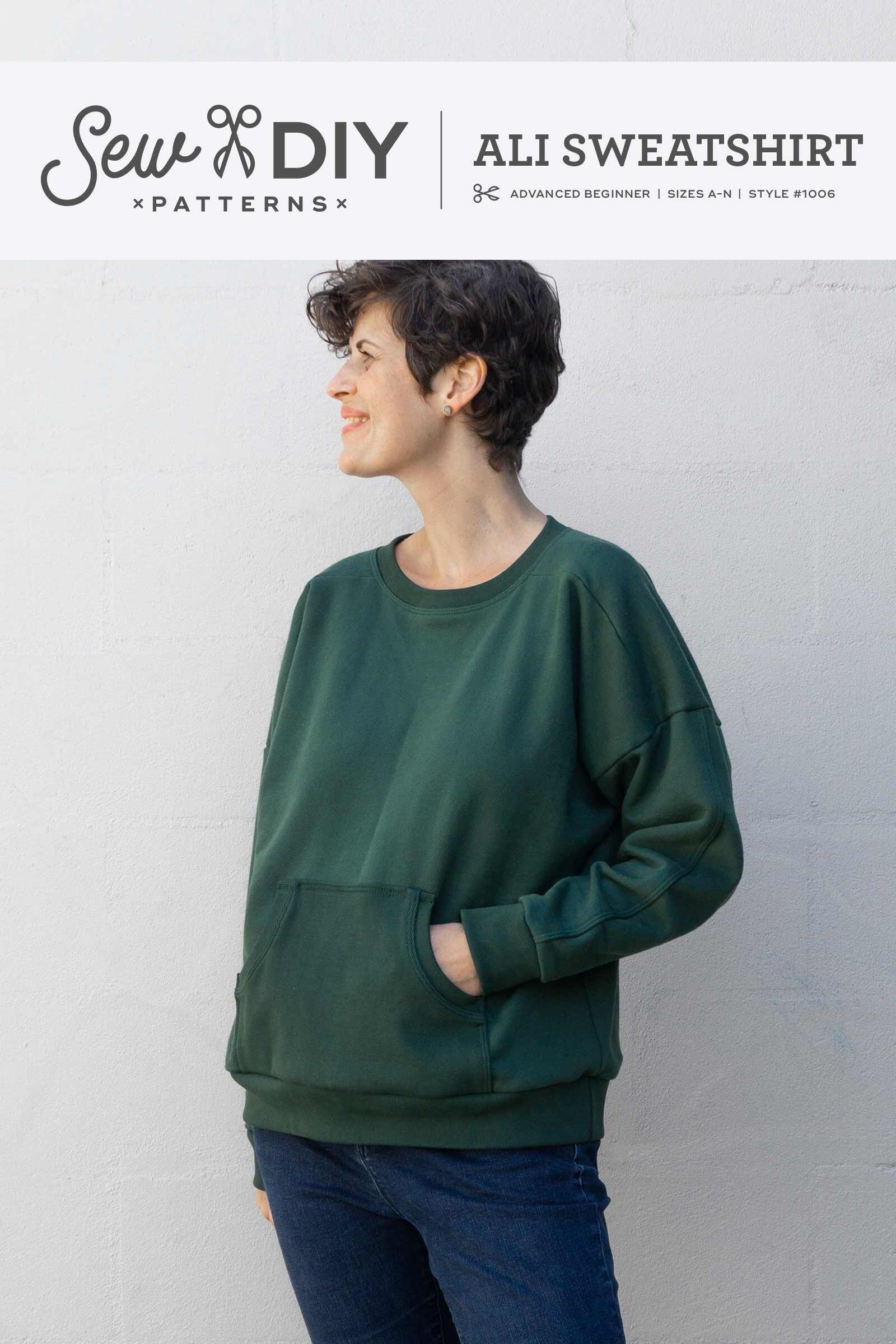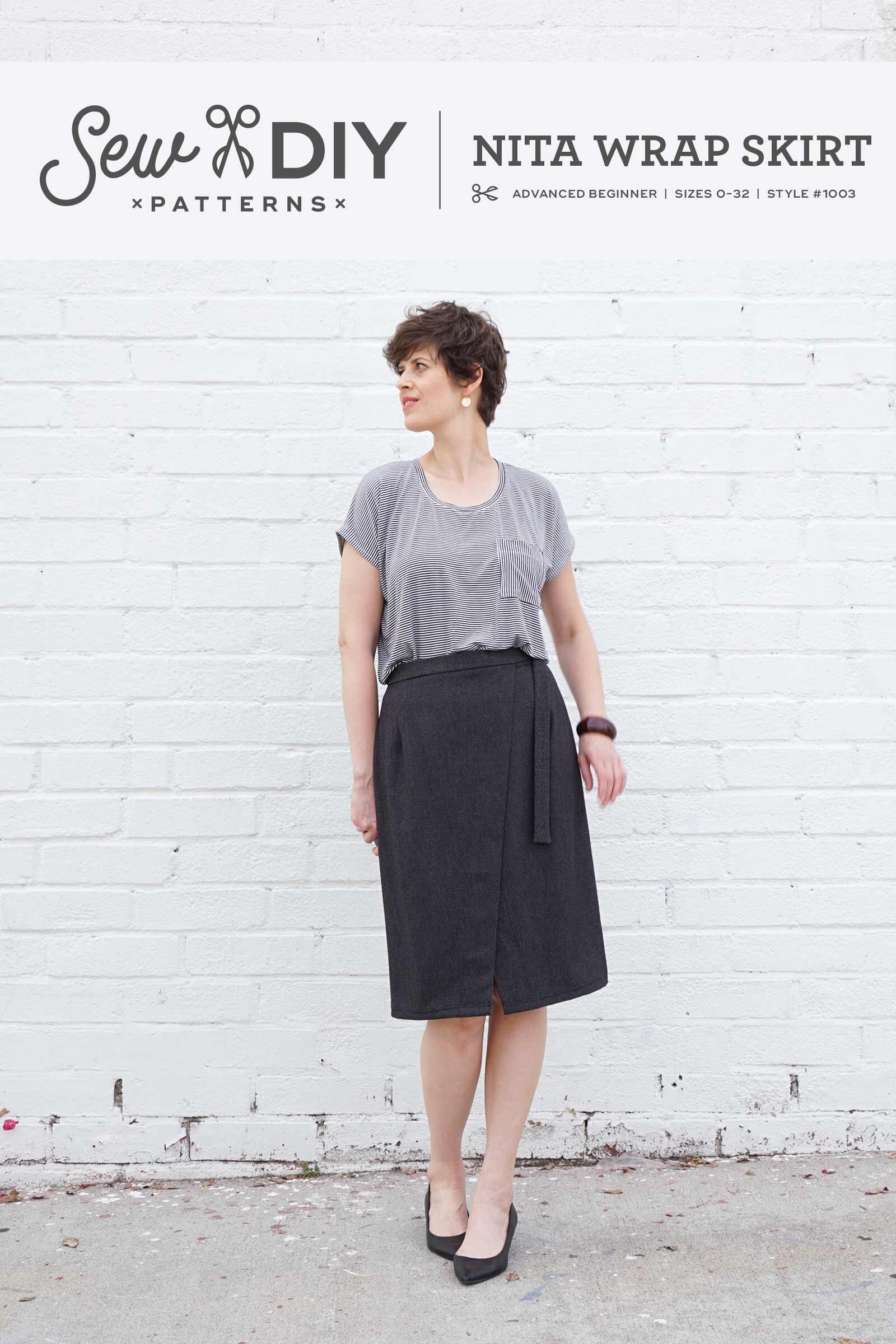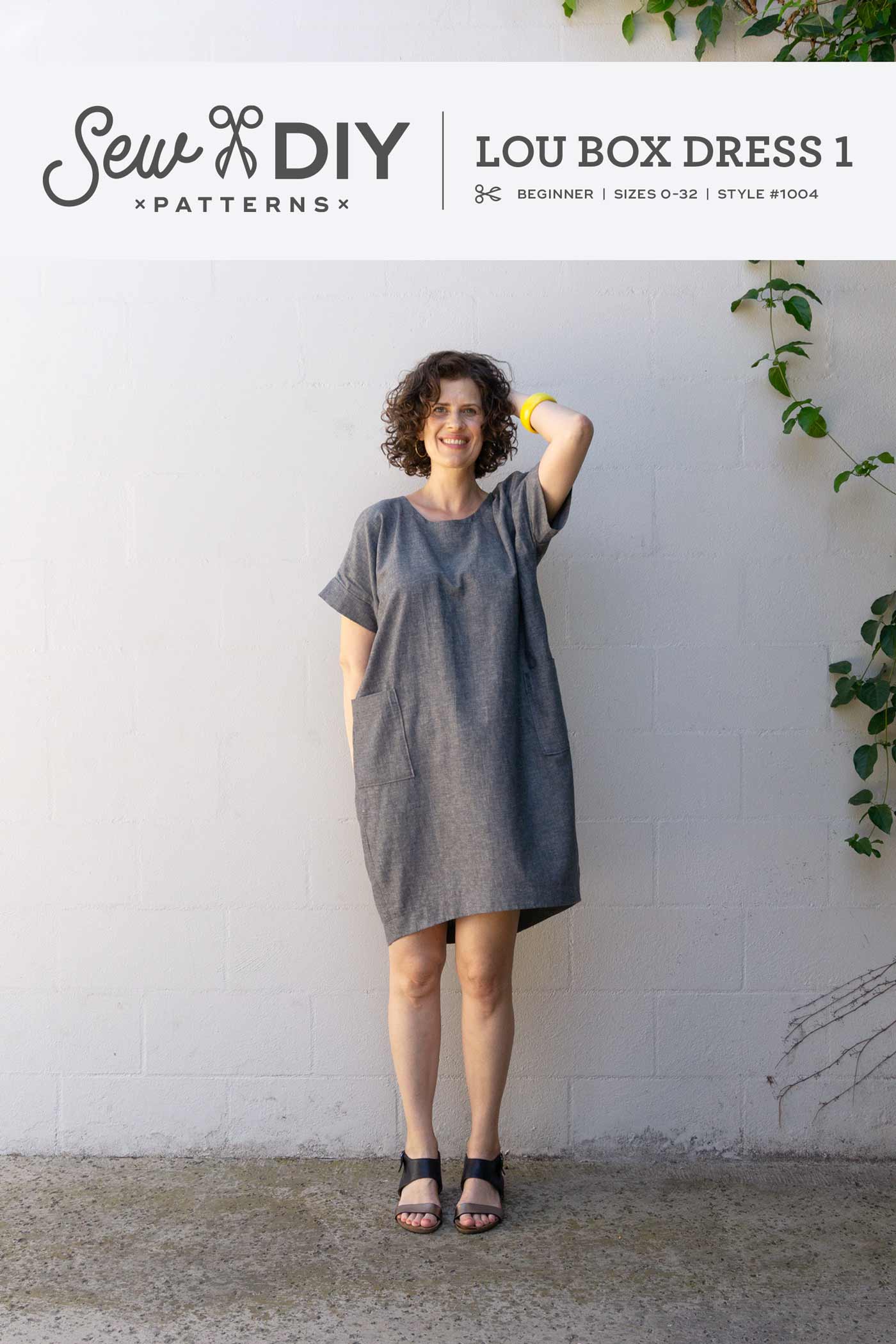Hello sew-friends! In today’s YouTube video, I’m talking about fabric stretch percentage. If you've ever sewn a pair of leggings or a swimsuit, then you know how important stretch can be in your handmade garments. Read on and watch the video to learn all about fabric stretch, why it’s important, a bit about fabric stretch terminology and, most importantly, how to calculate fabric stretch percentage.
Watch the video above or if it doesn’t work for some reason, watch it on YouTube here.
Why is it important to know your fabric stretch percentage?
Well, it all depends on the garment. For some garments, you don’t need any stretch at all. But for others, it will be impossible to wear or even sew your garment, if there isn’t any stretch. Many garments, such as swimsuits, leotards or leggings, will be designed with negative ease, meaning that the finished garment will be smaller than your body. You need the fabric to stretch in order to put the garment on and to be comfortable while wearing it.
I know from personal experience how important it is to check fabric stretch before cutting out your garment. It’s a mistake that I’ve made at least four times and it’s so disappointing to do all that work to make something that you’re unable to wear. So, please learn from my mistakes and check your fabric stretch!
What is fabric stretch percentage?
In short, fabric stretch percentage is the amount (or percent) that your fabric is able to stretch from its original size. I always felt like the terminology around fabric stretch percentage was a little confusing. Like, what does it actually mean when they say a fabric has 25% stretch? Taking a percentage makes something smaller, not bigger.
Well, in sewing, it means that your fabric has the ability to stretch 25% bigger than its original size. Mathematically, the stretched fabric would be 125% or 1.25 times the original size.
What do 2-way stretch and 4-way stretch mean?
Again, I always thought this terminology was a little confusing. Two-way stretch means that the fabric stretches on the crossgrain, perpendicular to the selvage. Four-way stretch means that the fabric stretches along the crossgrain and along the grainline (parallel to the selvage). (In my mind, they’re counting more stretch directions than they should with this terminology, but oh well!)
It’s important to note that all fabric will stretch along the bias, due to the nature of how fabric is created. The true bias is 45 degrees from the selvage. Other angles are also on the bias and will also stretch. This stretch capability is why bias tape it stretchy and great for finishing raw edges. Many woven fabrics will stretch a tiny bit on the crossgrain but unless they contain stretch fibers, a woven fabric is unlikely to stretch lengthwise.
How do I calculate fabric stretch percentage?
All you need to calculate your fabric stretch percentage is your fabric, a ruler and your hands. Easy peasy! Using the imperial measurement system, it’s common to measure how much 4 inches of fabric stretches. If you use the metric system, 10 cm is an easy amount of fabric to do calculations with.
Fold your fabric along the crossgrain and using your fingers pinch 4 inches or 10 cm of fabric. Pull the fabric and measure how far the fabric stretches.
For example, if you need your fabric to have 25% stretch, then you will want to test if the fabric can stretch to 5”. The calculation is 4 X 125% = 5.
Likewise if your fabric stretches to 6”, which equals (4 X 150%), then your fabric has 50% stretch. Above is a cheat sheet to tell you what percentage fabric stretch you have for a variety of lengths.
How do I know if my fabric has enough stretch?
The pattern you are using should tell you in the fabric recommendations section what percentage of stretch your fabric needs to have and whether you need 2-way or 4-way stretch. If the pattern does not specify whether you need 2-way or 4-way stretch, it’s usually safe to assume that you only need 2-way stretch.
If your fabric has more stretch than required, then it should work fine. If you have less stretch than recommended, you may want to find an alternate fabric or make a larger size in the pattern. The easiest option is to select an appropriate fabric. It can be more than a little tricky to figure out how much bigger you would need to make a pattern to match a smaller stretch percentage. I know this from experience too! As much as possible, I recommend using the fabric recommended in the pattern.
I hope that you found this tutorial helpful. To save it for later, you can save the above image to Pinterest.
For additional help sewing with knit fabric, check out the Summer Sweatsuit sewalong for a compilation of knit fabric blog posts. The two books I mention in the video are Sew U Home Stretch by Wendy Mullin and Beginner’s Guide to Sewing with Knitted Fabrics by Wendy Ward.
Additionally, if you’d like to get started sewing a knit garment, I have a few patterns in the shop that are great for beginners. I recommend starting with the Lou Box Top, the Ali Sweatshirt, or the Summer Sweatsuit. Happy sewing!

